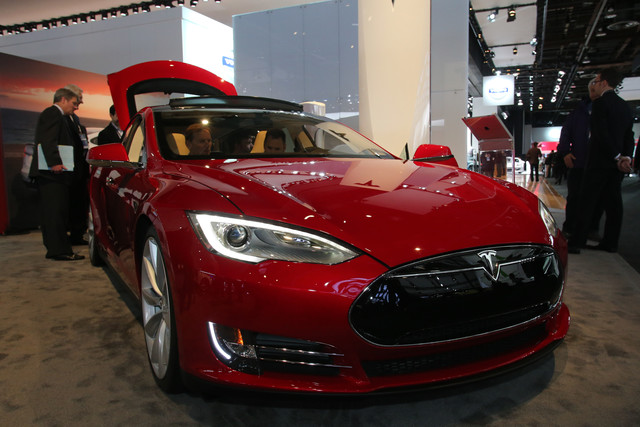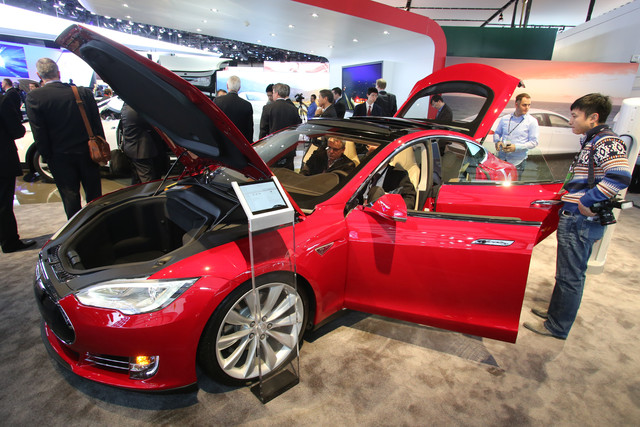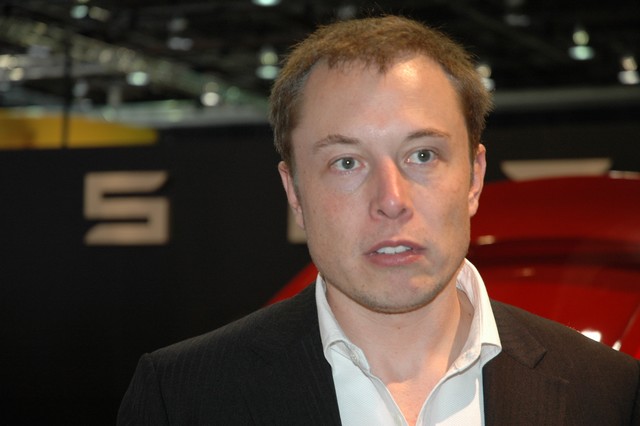Tesla has opened the doors to its new production facility in the Netherlands, where it hopes to double manufacturing output from 200 to 450 cars per week.
According to the company, the aim of the new Dutch factory is to reduce delivery times for British and European customers, increase quality and give Tesla a foothold ahead of the upcoming Model X.
Based in Tilburg, the new facility is based in a single story hangar that’s approximately the size of 11 football pitches, but it doesn’t press steel, weld sections or paint the bodies of the cars.

Instead, the raw Model S cars arrive in containers of four each from California before the battery pack, suspension and electronic systems are fitted on the production line.
After the cars are pieced together, each is given a run on Tesla’s unique 750m-long indoor test track, similar to how manufacturers like BMW test their cars on private tracks.
Gilbert Passin, vice president of manufacturing at the plant, said: “Not many manufacturers have a test track inside! We have no emissions so it's easy for us, and it gives us consistent, dry conditions.”

The Tilburg plant will provide Tesla with a European capacity of more than 20,000 cars a year from a single shift, with the capacity to handle a second shift depending on demand.
Last year, Tesla assembled 35,000 cars, which is expected to climb to 55,000 or more this year, while the company has plans to produce as many as 500,000 cars a year by 2020.
Thanks to the introduction of the new entry-level Model 3, billed as Tesla’s rival to the BMW 3 Series, it’s expected that the marque’s popularity will continue to rise in Europe.

Earlier this week, Tesla founder Elon Musk stated that the Volkswagen Group’s recent diesel scandal could usher in a “new generation” of electric and hybrid vehicles in response emissions restrictions.
He said: “What Volkswagen is really showing is that we've reached the limit of what's possible with diesel and gasoline. The time I think has come to move to a new generation of technology.”



